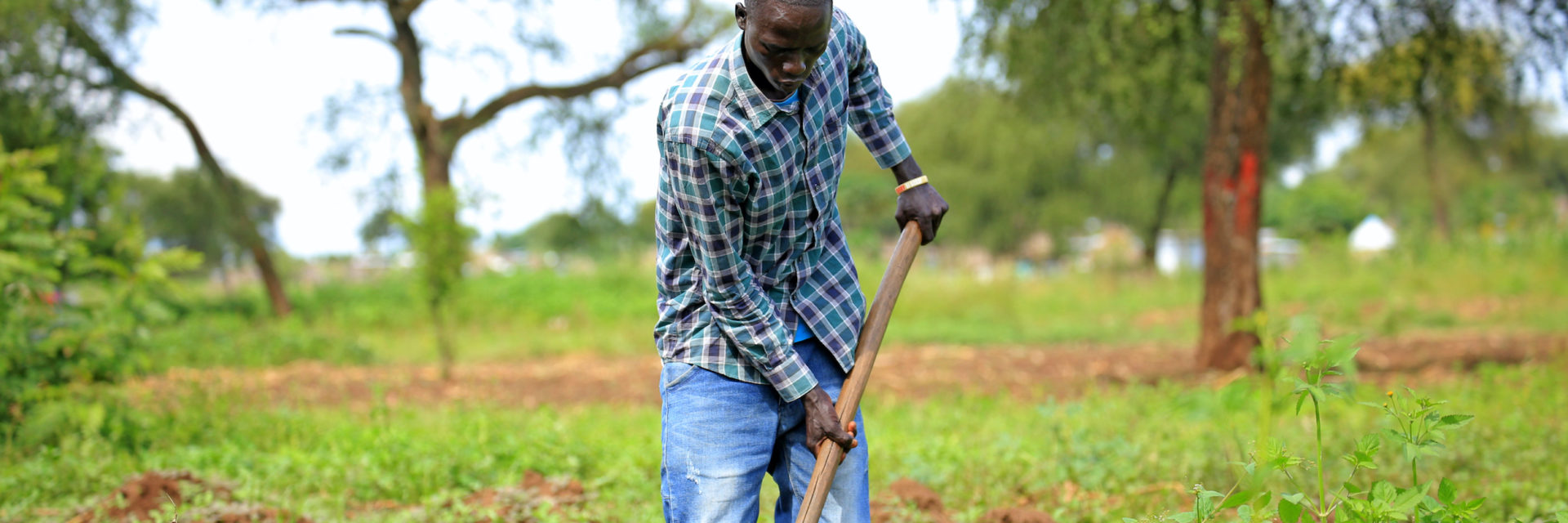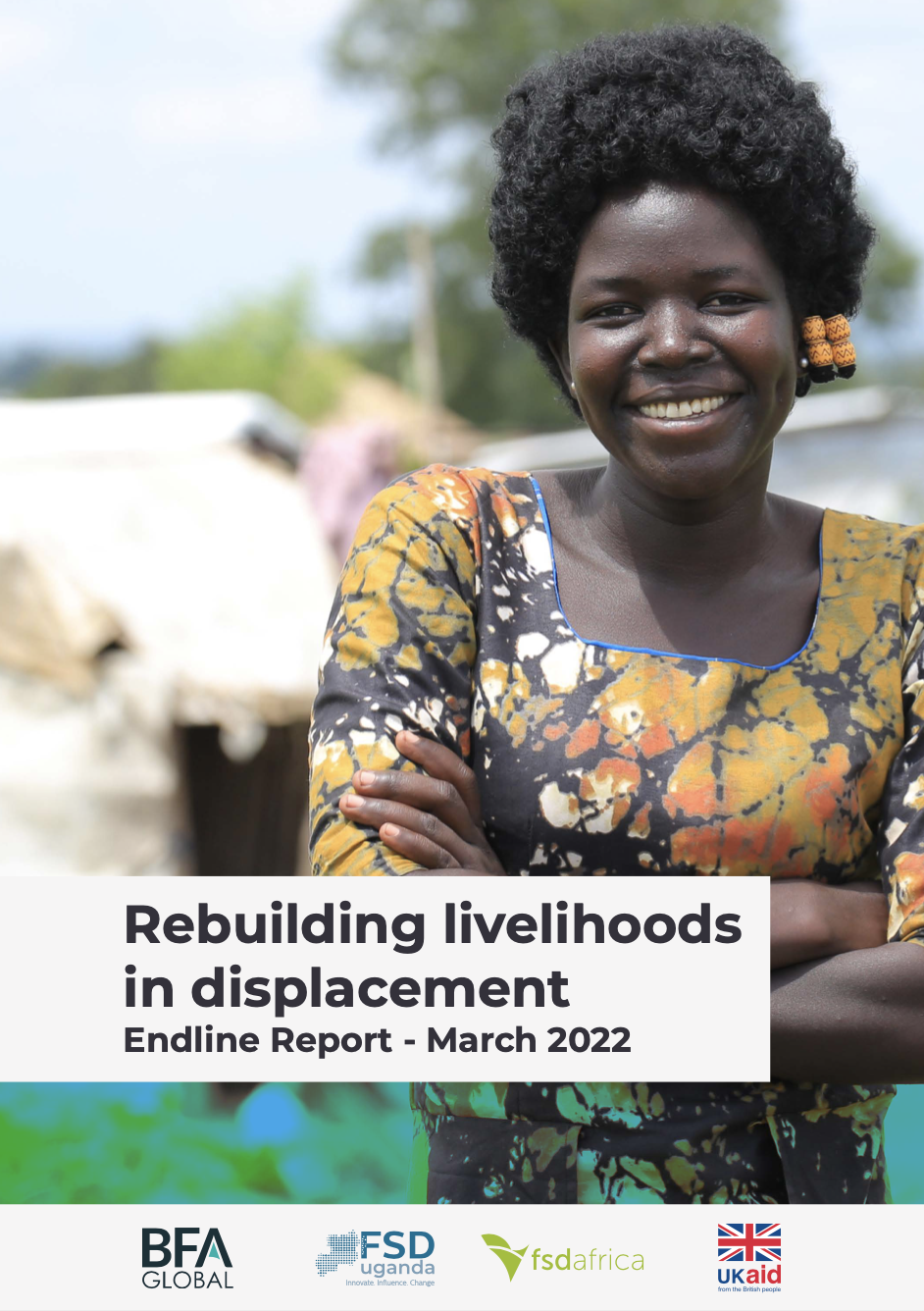
A study tracking the income, spending habits, and livelihoods of refugees in Uganda
Download the reportLittle has been known about the financial strategies employed by refugees over time to build their livelihoods and manage their finances. A two-year study tracked refugees’ income and spending habits in Uganda to understand the financial strategies employed to manage their money in displacement. This report provides an in-depth analysis of a baseline survey undertaken in January 2020 and an endline in November 2021 to demonstrate the economic viability of refugees. It offers unique insights on access to and usage of financial services among refugee and host communities in Uganda and how best to leverage financial services for them.
Key highlights
